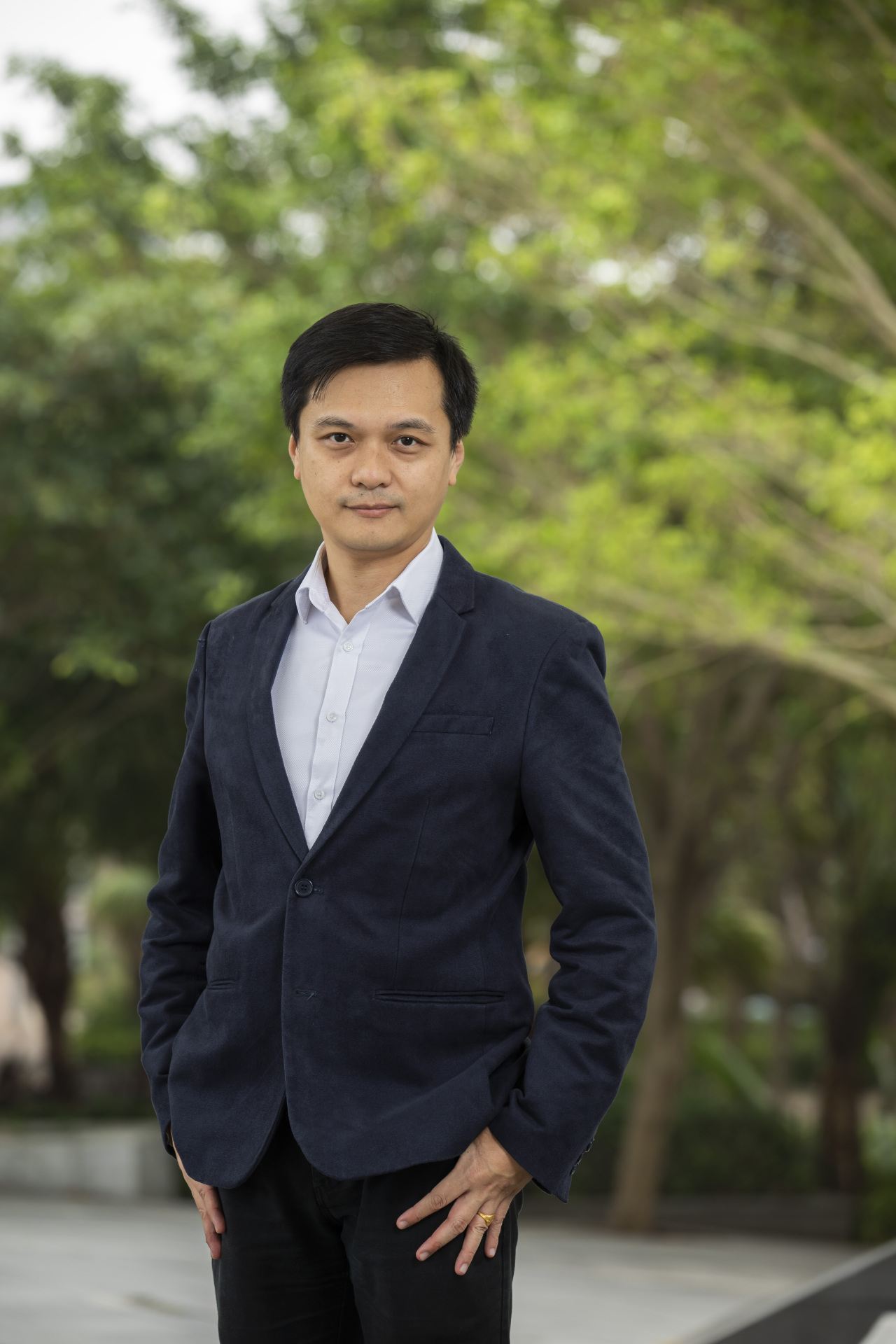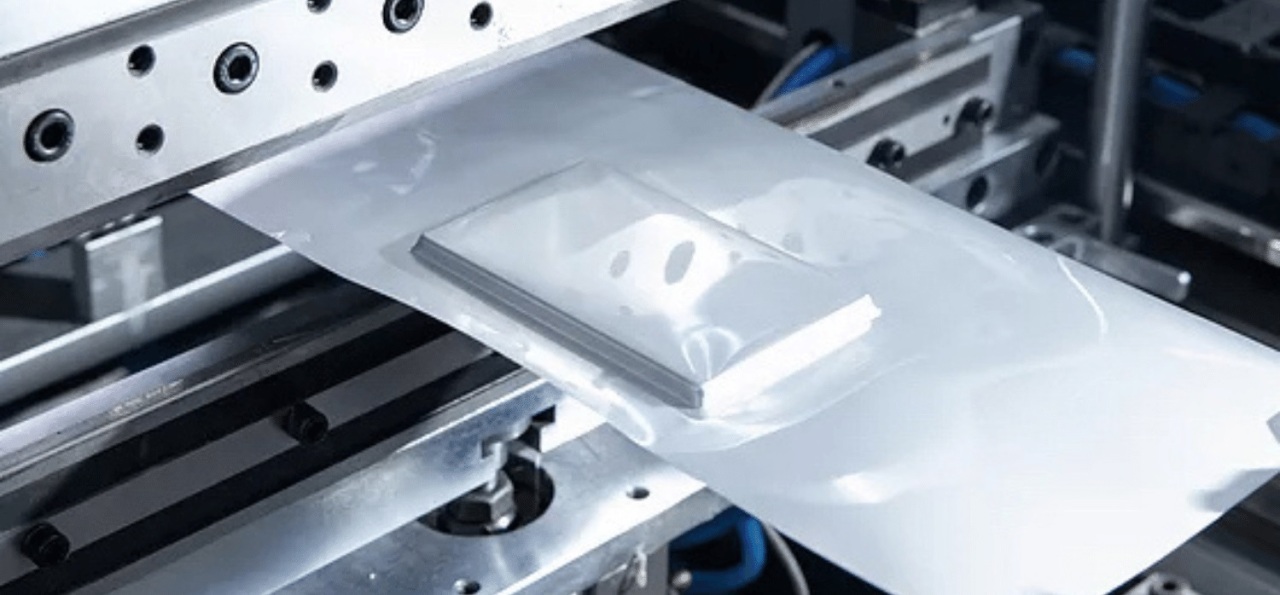[Battery+] Batteries will emit 1 percent of world’s carbon. What should be done?
Hong Kong startup GRST suggests water-based batteries as solution
By Kim Byung-wookPublished : Aug. 15, 2021 - 16:01

Mix melted butter with minced garlic and parsley, and spread the paste over bread. Heat in the oven and there you have crispy garlic bread.
Lithium-ion batteries follow the exact same recipe. Mix toxic liquid called solvent with active materials and spread the slurry over thin metal plates 1.5 meters wide. Put the plates inside a giant, 100-meter-long oven so the solvent evaporates.
The coated metal plates are punched into the right shapes and sizes and then stacked like a sandwich or rolled up like toilet paper inside aluminum containers. This is how lithium-ion batteries are born.
The problem is giant battery ovens consume a tremendous amount of energy, roughly 95-122 kilograms per kilowatt-hour. This means batteries mounted on an 80 KWh electric vehicle are responsible for as much as 9.8 metric tons of greenhouse gas emissions.
GRST, a Hong Kong-based battery startup, estimates the global lithium-ion battery industry will emit 400 million tons of greenhouse gases by 2030, which is close to 1 percent of the world’s total emissions.
During an interview with The Korea Herald Wednesday, GRST CEO and founder Justin Hung suggested that using water instead of solvent can cut emissions by up to 40 percent without any trade-offs in battery performance.

“When we started this company in 2015, electric vehicles started to boom led by Tesla. In Hong Kong, many people started buying Tesla. The first thing that came to our mind was, ‘What if we don’t overcome this (solvent) problem?’” Hung said.
“I think people understand the toxicity of lithium-ion batteries. If we could make water-based batteries, it would be easier to dispose them in a proper way. We believe water is the future of lithium-ion batteries.”
According to the CEO, solvent evaporates above 200 degrees Celsius and therefore eats up more energy than water, which boils at 100 degrees Celsius.
On top of saving energy, water-based batteries can cut costs as well.
“When solvent evaporates, it requires a recovery system, which is very expensive. You need ventilation and piping system on the roof to absorb all the toxic gases. After you collect the gases, they have to be condensed and put away in a safer place. Water-based batteries don’t need such equipment,” he said.
“Another issue is the humidity control. Solvent is very sensitive and requires a humidity level precisely at 2 percent. You need to switch on a humidity control system 24/7. However, water-based batteries don’t require such process.”

Compared to solvent-based ones, water-based batteries would end up 10 percent cheaper, Hung said.
“Roughly 70-80 percent of battery costs come from raw materials such as nickel and cobalt, whose market prices we cannot control. But for the other 20-30 percent, which are manufacturing costs, we can slice them by one-third. This represents 10 percent of total battery costs,” he said.
The water-based battery technology has yet to be verified at mass scale and GRST is not the only firm developing it. To take the lead, GRST, which secured a $13 million Series A funding this month, aims to establish a demo gigawatt-scale battery factory in China to prove and showcase its technology to the market. The firm has already approached small Korean battery companies who have shown “immense” interest, with pending contracts.The startup’s ultimate goal is to target the “big guys” such as LG Energy Solution, Samsung SDI and SK Innovation, who have environmental, social and governance commitments to fulfill.
“We have seen some battery manufacturers building their own factories with plans to use renewable energy to power them. However, solar panels, for example, are toxic to produce. They emit carbon before they become clean energy. The best way is to use energy as less as possible. It would be best not to use energy at all, whether it be renewable energy or fossil fuel,” the CEO said.
LG Energy Solution, which powers battery plants in Poland and the US with 100 percent renewable energy, aims to expand the policy to all business sites by 2030. SK Battery, a battery unit preparing a split-off from its parent company SK Innovation, targets the same goal by 2035. Samsung SDI has yet to announce a renewable energy plan.
Above all, GRST’s water-based batteries can jump-start the battery recycling business, which remains dangerous and unprofitable.
“When you try to separate all the parts (of solvent-based batteries), first of all, you have to dissolve the glues with strong acid. When you apply this very strong acid, you also need to apply a thermal process to speed it up. As the result, this process produces a lot of solvent wastes and toxic gases,” the CEO said, adding that GRST’s water-based batteries use glues easily dissolved by water.
In China, the battery recycling process is banned from residential areas and can only be done on land licensed for chemical use, which is 10 times more expensive to lease, Hung said.
“This makes battery recycling so expensive no one can afford. Also, the materials extracted aren’t worth that much because they are already decomposed by heat and acid.”






![[From the Scene] Monks, Buddhists hail return of remains of Buddhas](http://res.heraldm.com/phpwas/restmb_idxmake.php?idx=644&simg=/content/image/2024/04/19/20240419050617_0.jpg&u=20240419175937)





![[Graphic News] French bulldog most popular breed in US, Maltese most popular in Korea](http://res.heraldm.com/phpwas/restmb_idxmake.php?idx=644&simg=/content/image/2024/04/18/20240418050864_0.gif&u=)


![[From the Scene] Monks, Buddhists hail return of remains of Buddhas](http://res.heraldm.com/phpwas/restmb_idxmake.php?idx=652&simg=/content/image/2024/04/19/20240419050617_0.jpg&u=20240419175937)

![[KH Explains] Hyundai's full hybrid edge to pay off amid slow transition to pure EVs](http://res.heraldm.com/phpwas/restmb_idxmake.php?idx=652&simg=/content/image/2024/04/18/20240418050645_0.jpg&u=20240419100350)

![[Today’s K-pop] Illit drops debut single remix](http://res.heraldm.com/phpwas/restmb_idxmake.php?idx=642&simg=/content/image/2024/04/19/20240419050612_0.jpg&u=)